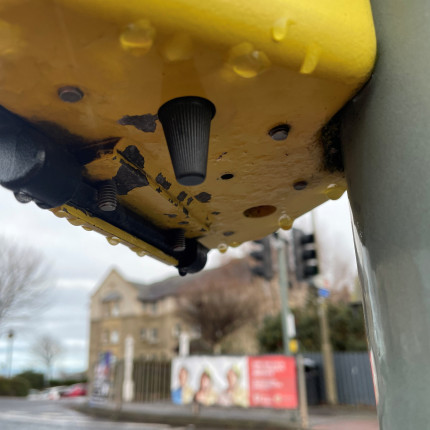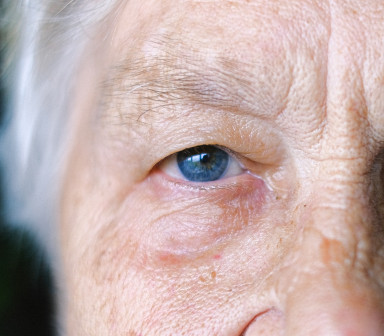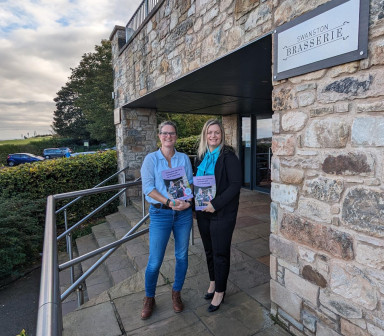As we enter the darker, colder months, road safety for blind and partially sighted people becomes a lot more challenging.
It is much harder to locate places in the dark, and even the most familiar of routes can become confusing. The colder weather means slipping on wet leaves or icy pavements can easily happen, while the darker evenings mean the dazzle of headlights can startle or disorientate.
It is vital that anyone with visual impairment takes extra care and always lets someone know where they are going. Safety is paramount, so please don’t take any chances.
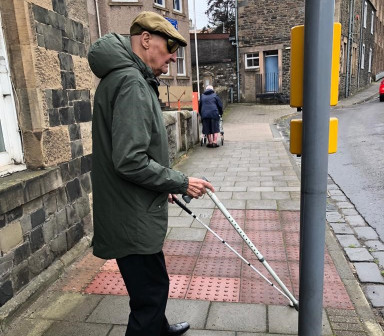
A checklist of things to consider when going out in the winter months includes:
-
Prepare for bad weather
-
Footwear – shoe grips
-
Let people know where you are going
-
Always have a mobile phone and make sure it is charged
-
Have location services switched on and let a family member or friend access your find my phone app
-
Make sure pathways are clear
-
Only go out on familiar routes
-
Try and go out in the lighter hours
-
If the weather may be dark use a head torch and high visibility clothing
-
Ask for help

New Modern Layouts
Many new look streets in our town and cities may look nice to the eye and have been built to encourage walking and cycling, but unfortunately many of them have been designed without a thought for blind and partially sighted people.
Even in the summer months, navigating new design elements is almost impossible for someone with vision impairment with the introduction of floating bus stops, active cycle tracks and continuous footways with no dropped curbs or tactile pavings.
Marie O'Donnell, who is a rehabilitation officer for Sight Scotland as well as a guide dog owner, says trying to navigate the Leith Walk currently is "terrifying".
"I have a guide dog, Coco, with me, and we wanted to see if Coco would be able to find the start of the cycle path to cross over. Because it was flush, between the cycle path and the walkway, she couldn't find it, and as a result she walked into an oncoming cyclist."
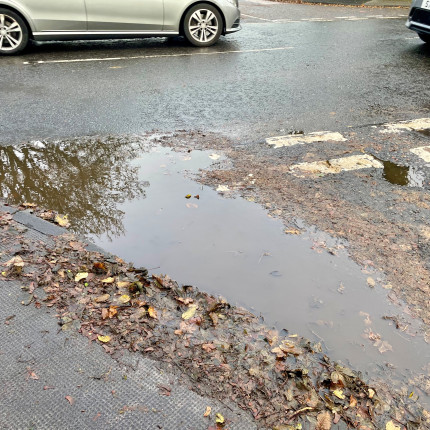
Road Safety is a Huge Issue
Colette Walker, a member of our policy group who is visually impaired and a guide dog owner, says road safety is a huge issue.
Colette regularly uses Victoria Road in Glasgow, which has two staggered zebra crossings. She says: “Controlled crossings are difficult for blind people because the tactile paving, used by white cane users, does not run consistently between each staggered crossing.
She also explains that dropped curbs, floating bus stops and active cycle lanes without nay tactile paving is “very confusing for me as a visually impaired person, but it's also very confusing for the guide dog as well, because I can't tell her to do her job properly."
